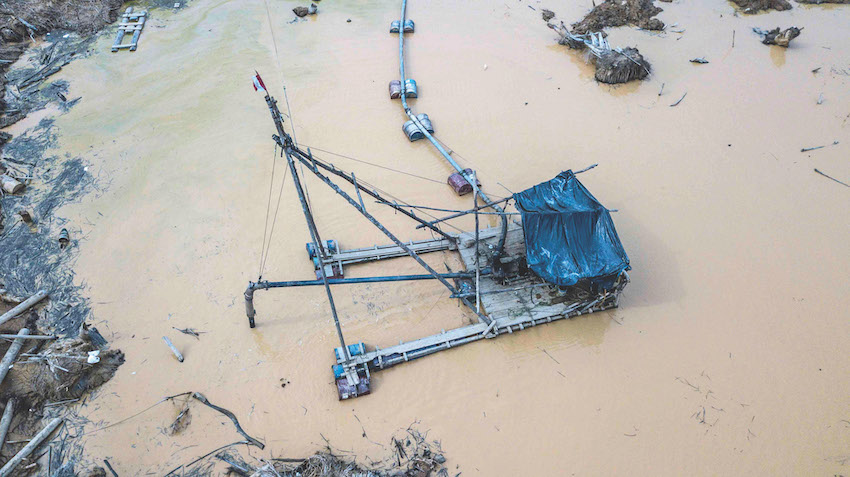At a time when so many stories about the oceans are dispiriting, Brunswick spoke with five companies, large and small, that inspire a sense of hope.
The Great Pacific Garbage Patch, located between Hawaii and California, has become a symbol of the plight of the oceans. Even so, it is below the surface that restoration of the oceans is most needed.
“How inappropriate to call this planet earth,” the science-fiction writer Arthur C. Clarke is credited with saying, “when it is clearly Ocean.” The line speaks not only to the fact that oceans cover 71% of the earth’s surface, but also the tendency for land-dwelling humans to overlook their importance.
Oceans are (merely) responsible for “driving weather, regulating temperature and ultimately supporting all living organisms,” says the US National Ocean Service.
There is no tackling climate change without tackling the nature crisis—and there is no tackling the nature crisis without addressing the oceans. The UN calls the ocean “the world’s greatest ally against climate change.” It is the world’s largest carbon sink, storing 50 times more carbon dioxide than the atmosphere, and “the reason we’re not experiencing more or worse climate impacts than we already are,” according to UN Foundation Senior Advisor and Senior Director for Ocean and Climate Susan Ruffo.
Absorbing all that carbon has made the oceans warmer and more acidic. That has disturbed fragile ecosystems—14% of the world’s coral reefs were lost in a single decade—and threatens the marine species that depend on them, which the UN estimates could number as many as 10 million.
As climate change harms the oceans, so does the human activity driving that change. Overfishing has depleted fish stocks—migratory freshwater fish have declined 76% since 1970—meanwhile pollution has choked the water and marine species. The infamous Great Pacific Garbage Patch, pictured below, covers 620,000 square miles—three times the size of France. There are four smaller garbage patches like it. By 2050, there could be more plastic than fish in the ocean.
As ever with the oceans, it can be difficult to grasp the scale: not only of the problems, but also the potential of solving them. Restoring the oceans can remove carbon from the atmosphere, lessen the severity of climate change, help feed the world more sustainably and enrich the world’s biodiversity.
For that to happen, there needs to be systemic change—in industries ranging from food to transportation—and massive technological innovation. Brunswick spoke with five companies, large and small, helping pioneer that innovation and working to change systems. Those conversations have been edited and condensed.
At a time when so many stories about the oceans are dispiriting, these companies inspire a sense of hope. “If we weren’t hopeful, we wouldn’t be doing this work,” Running Tide CEO and Founder Marty Odlin told Brunswick. “But optimism is not a license for complacency. We are hopeful that ocean health can be restored because we are doing the work to restore it.”
5 Perspectives from Companies Big & Small
- Ørsted, the world’s largest developer of offshore wind power, is designing wind farms with nature in mind.
- Running Tide, in Portland, Maine, heals the ocean through everything from shellfish farming to carbon removal.
- CCell, headquartered in London, creates artificial reefs that enrich biodiversity and help combat coastal erosion.
- Planetary Tech, headquartered in Nova Scotia, Canada, transforms mine waste into a safe “antacid” for the ocean.
- Clearbot, headquartered in Hong Kong, builds self-driving boats powered by renewable energy and AI.
More from this issue

Nature Positive
Most read from this issue

Business on the Frontline




